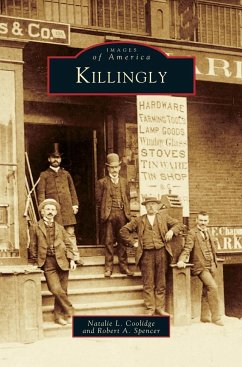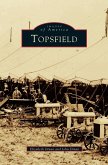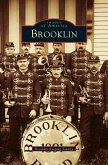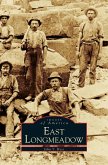From its beginning as a town in 1708, Killingly's numerous waterways and falls were a strong influence in its future development. Sawmills and gristmills were built along the waterways, and the mill sites made nearby properties more suitable for manufacturing than for agricultural uses. Thus, Killingly grew up as a collection of small mill villages, each with its own churches, schools, stores, and tenements. With manufacturing so well established here, Killingly became the first Connecticut town to benefit from the Industrial Revolution when the area's textile industry was mechanized. Killingly tells the story of the town from its earliest days, tracing the origins of such villages as Ballouville, Dayville, Danielson, and Rogers. The development of these villages was made possible by the prudent investments and foresight of several early families, including the Days, Danielsons, and Alexanders. Many of the images in this collection date from 1840 to the mid-1900s and provide a rare glimpse into the lives of village residents, at work and at play. Also featured are some of Killingly's neighborhoods and buildings that no longer exist, having been destroyed by floods or rendered obsolete in the name of progress.
Bitte wählen Sie Ihr Anliegen aus.
Rechnungen
Retourenschein anfordern
Bestellstatus
Storno





